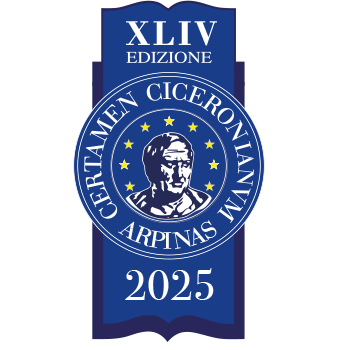The “Tulliano” High School

 The Liceo “Tulliano” is named after Marcus Tullius Cicero. Its origins go back to educational institutes that spread in Arpino in the first half of 17th century, thanks to the generosity of some inhabitants; they, through testaments and donations, let their assets for the Public Administration’s development.
The Liceo “Tulliano” is named after Marcus Tullius Cicero. Its origins go back to educational institutes that spread in Arpino in the first half of 17th century, thanks to the generosity of some inhabitants; they, through testaments and donations, let their assets for the Public Administration’s development.
In 1626, Desiderio Merolle founded the “Collegio dei SS. Carlo e Filippo” (S.S. Carlo and Filippo’s boarding school) that, after various vicissitudes, would turn into Lyceum Tulliano and Convitto Nazionale Tulliano (National Boarding School Tulliano).
In the second half of 18th century, the Boncompagni family, dukes of Sora and lords of Arpino, gave a new impulse to the Boarding School.They encouraged the Barnabite Fathers to open public schools, expanding the institute with new premises. The inauguration, in solemn form, was on November 1756. In addition to philosophy, theology, grammars and rhetoric, eloquence, classical literature and maths was taught too.
The decree foresees, in addition to the teachings provided for by regulation for the Lyceums, the Latin and Italian eloquence and chemical applied to the arts, “given that the most great orator’s memory has to be conserved where he was born” and that “ the manufactures of Arpino deserve to be improved under the influence of the science”.

Il Liceo Tullinao When the Bourbons came back to the Kingdom of Naples’, in 1819 the direction of Tulliano passed by Barnabite Priests to the delegates of the priests in the town. In the last years of the Bourbons’ kingdom, the “real collegio Tulliano di Arpino” was given to Jesuits. On 15 May 1820 the Tulliano was moved on the new seat (the current seat) in solemn form.
The new government, after the unification of Italy, didn’t encouraged the High School. The Tulliano was abandoned to the Province and Municipality’s support.
Only in the 1877 the Ministry declared it governmental.
From this moment, the Tulliano High School began to live its own life, separated from the National Boarding School, even if they historically share the same seat. During the Great War, the Tulliano stood out for civilian assistance and the support to the Croce Rossa’s initiatives.
During the Second World War, it was requisitioned by occupying forces. The equipment of chemical and physical laboratories was all rescued and the educational activity took place in emergency conditions. On 6 November 1944 the Lyceum came back to the normal teaching activity in the past seat.







